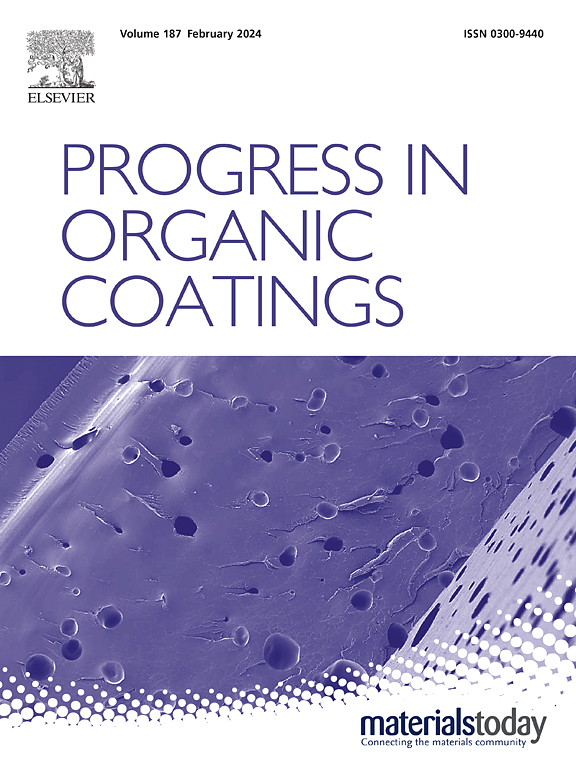Quantitative analysis of nanomechanical properties of polyhydroxyalkanoate polymer films
IF 6.5
2区 材料科学
Q1 CHEMISTRY, APPLIED
引用次数: 0
Abstract
The mechanical properties of polymers, particularly at the nanoscale, are critical for their performance in various applications. This study investigates the nanomechanical properties of three polyhydroxyalkanoate (PHA) polymers using Atomic Force Microscopy (AFM): poly(3-hydroxybutyrate) [(P3HB)], poly(3-hydroxybutyrate-co-valerate) [(P3HBV)], and poly(3-hydroxybutyrate-co-4-hydroxybutyrate) [(P3HB4HB)]. In addition, three different thicknesses of P3HBV films (10 μm, 30 μm, and 60 μm) were analyzed, labeled as 10-P3HBV, 30-P3HBV, and 60-P3HBV, respectively. AFM-based force-distance curves allowed for the precise measurement of surface properties; the investigated material was analyzed to determine the surface Young's modulus (using the Derjaguin–Muller–Toporov (DMT) method), adhesion, stiffness, and height domains.
The results reveal that polymer films composition and thickness significantly influence surface nanomechanical characteristics, pore size, wettability, and material crystallinity. Thicker films exhibited distinct mechanical and surface property profiles, emphasizing the role of polymer chain interactions and structural organization. These findings underscore the importance of tailoring polymer composition and structural parameters to optimize their mechanical properties for targeted applications, particularly in the biomedical field. This comprehensive nanoscale characterization provides valuable insights into the design and developing of PHA-based materials for diverse technological and biomedical uses.
求助全文
约1分钟内获得全文
求助全文
来源期刊

Progress in Organic Coatings
工程技术-材料科学:膜
CiteScore
11.40
自引率
15.20%
发文量
577
审稿时长
48 days
期刊介绍:
The aim of this international journal is to analyse and publicise the progress and current state of knowledge in the field of organic coatings and related materials. The Editors and the Editorial Board members will solicit both review and research papers from academic and industrial scientists who are actively engaged in research and development or, in the case of review papers, have extensive experience in the subject to be reviewed. Unsolicited manuscripts will be accepted if they meet the journal''s requirements. The journal publishes papers dealing with such subjects as:
• Chemical, physical and technological properties of organic coatings and related materials
• Problems and methods of preparation, manufacture and application of these materials
• Performance, testing and analysis.
 求助内容:
求助内容: 应助结果提醒方式:
应助结果提醒方式:


